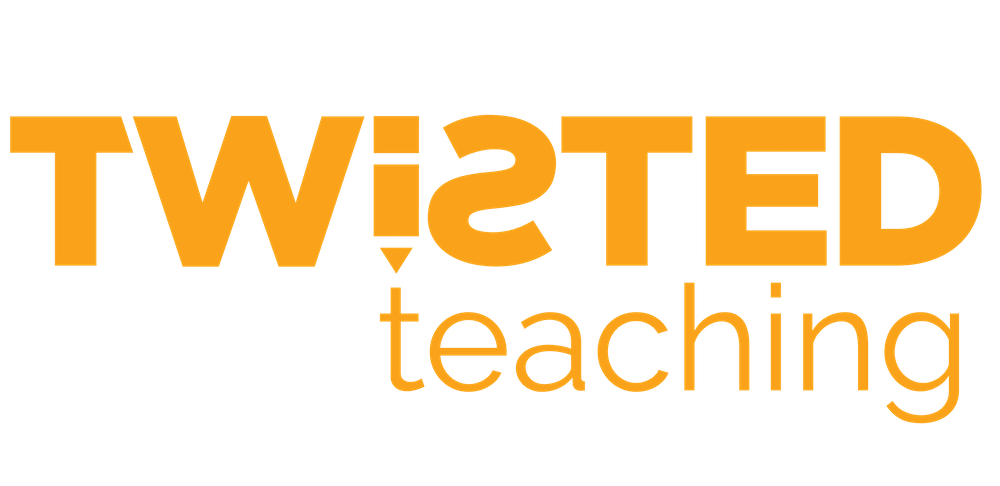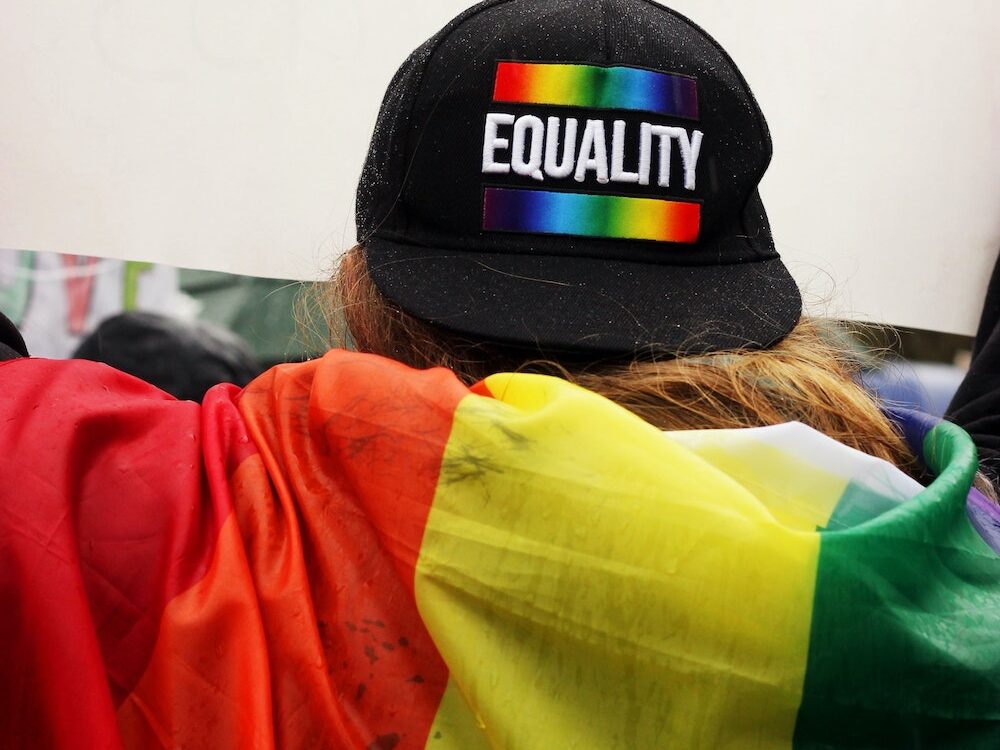My senior year of high school, my English teacher assigned The Picture of Dorian Gray by Oscar Wilde for our reading homework. The next day in class, a classmate loudly and dismissively mocked Oscar Wilde as a “f*ggot.” My teacher could have told him to quiet down, or to use appropriate language, but what she said was, “That is hate speech and it will NOT be tolerated in this classroom.” I will always remember how her voice sounded. She was dead serious.
That was in the year 2000. I had never heard anyone stand up for gay people before. I was a 17-year-old gay kid who was terrified of being outed. I knew how gay people were treated, and part of me believed they deserved it. I had fully internalized the homophobic messages I received from media and from religious institutions, and each day, my future seemed less and less imaginable. I had a premonition that I would be dead before I turned twenty-five; I could not reconcile who I was with who I was expected to be, and a way forward in life seemed impossible.
It was a few years until I came to terms with my sexual orientation, but my English teacher’s statement stuck with me. She was one affirming voice, like a beam of light, that found its way into my mind which was preoccupied with a dark and crushing cycle of self-condemnation. I felt like a fraud, and the weight of carrying it every day was unsustainable.
I often wonder, what if she had chosen to stay out of what could be called a “political” topic. She could have responded to the slur as an incident of inappropriate language, but she made sure it was explicitly clear that we understood that hate speech was not welcome in her classroom and she would stand up against bullying and discrimination.
This is an important distinction. Whether we, as teachers, speak up or remain silent, our actions are perpetually communicating our values. What we choose to ignore speaks volumes about who we are and what students can expect from us. We inform them whether or not we can be trusted.
The support we give our students needs to be both broad and specific. Broad in the sense that we are inclusive in our affirmation of human worth and dignity, and specific in the ways we see and affirm the individuals that enter our schools and classrooms. We may think that we don’t need to say explicitly that we support and accept our students just the way they are, but please remember that we are sometimes the lone voice of acceptance in a sea of destructive messages students hear about themselves.
Black young men and women are told that their lives don’t matter as systemic racism goes unchecked and perpetrators of racial violence walk free over and over again. Our immigrant students are told that they are criminals and rapists and do not belong in this country. Our LGBTQ+ kids are told they are abominations, that they are sick and wrong, and should seek to change themselves, though this has been proven to be psychologically destructive.
Because our students continue to be bombarded by messages that undermine their worth and dignity, it is urgent and necessary that our support be explicitly stated. I include the following diversity statement in the syllabus for each of my classes:
Diversity and Respect: This class is a safe space for all people.
- All cultures, nationalities, and races.
- All languages.
- All religions.
- All sexual orientations.
- All genders.
- All people regardless of immigration status.
We are here to learn together. Start where you are and practice respect for all people.
Students shared with me what they felt about this clause of the syllabus:
- In my opinion, the most important information on the syllabus is that it is a safe place for all people because they will not be scared.
- …we can’t judge anyone, we can be how we want, respecting others so they can respect us…”
- …it makes us feel welcome…
While some might view the statements included on the syllabus as controversial or political, it should never be controversial to affirm our students and tell them that they are seen and valued. We have a sacred obligation as teachers to welcome our students, exactly as they are. We cannot be colorblind, and we do a disservice to our students when we cannot see or acknowledge who they are and the diversity that exists within our classrooms.
Last year, I came out to my students on the first day of school. It’s something I had wanted to do for a long time, but I was scared. Over the summer, I had watched a documentary about Armistead Maupin, and he spoke about the importance of coming out, how people in a position of influence have the responsibility to come out and be a visible example of a gay person in the world. The more I thought about it, the more I asked myself, “How can I prompt my students to write about themselves and share their lives and hopes and fears, if I can’t share this basic detail about myself?” While other teachers had photos of their husbands and wives displayed in their classrooms, why was I afraid to be myself? What kind of message was I sending? Coming out is an extremely personal decision for each LGBTQ+ individual to make in their own time. But for me, in order to model authenticity and transparency, I needed to bring my whole self into the classroom. When I introduced myself with my usual family photos, this time I included one with Eric. I casually mentioned that he is my partner and we’ve been together for 13 years. It was entirely uneventful. They were kind and treated me exactly the same, maybe even with a little more respect for my trusting them.
Since then I have discovered that taking the first step towards honesty and vulnerability can set the tone for acceptance in the classroom. As Brené Brown wrote in her book Daring Greatly, “The difficult thing is that vulnerability is the first thing I look for in you and the last thing I’m willing to show you. In you, it’s courage and daring. In me, it’s weakness.”
Whether we are teaching virtually or in person, we are the leaders of our classrooms. We set the tone. Are we willing to model empathy and vulnerability in order to help create a path forward for our students? Of course, a diversity statement is only one step. The real work comes with our day-to-day actions as we unearth our own biases, learn to listen, and advocate for our students and for a kinder, more empathetic, more just society. In the words of Harvey Milk, “We gotta give them hope.”
Garrett Pruessner is an ESL teacher and future librarian. He has taught English learners for 15 years and is a co-sponsor of SafeHaven, his school’s gay-straight alliance. He will graduate from Texas Woman’s University in 2021 with a master’s degree in Library and Information Science in order to serve public school students and teachers with a focus on affirming diversity, inclusion, and representation. Twitter: @mrpruessner



